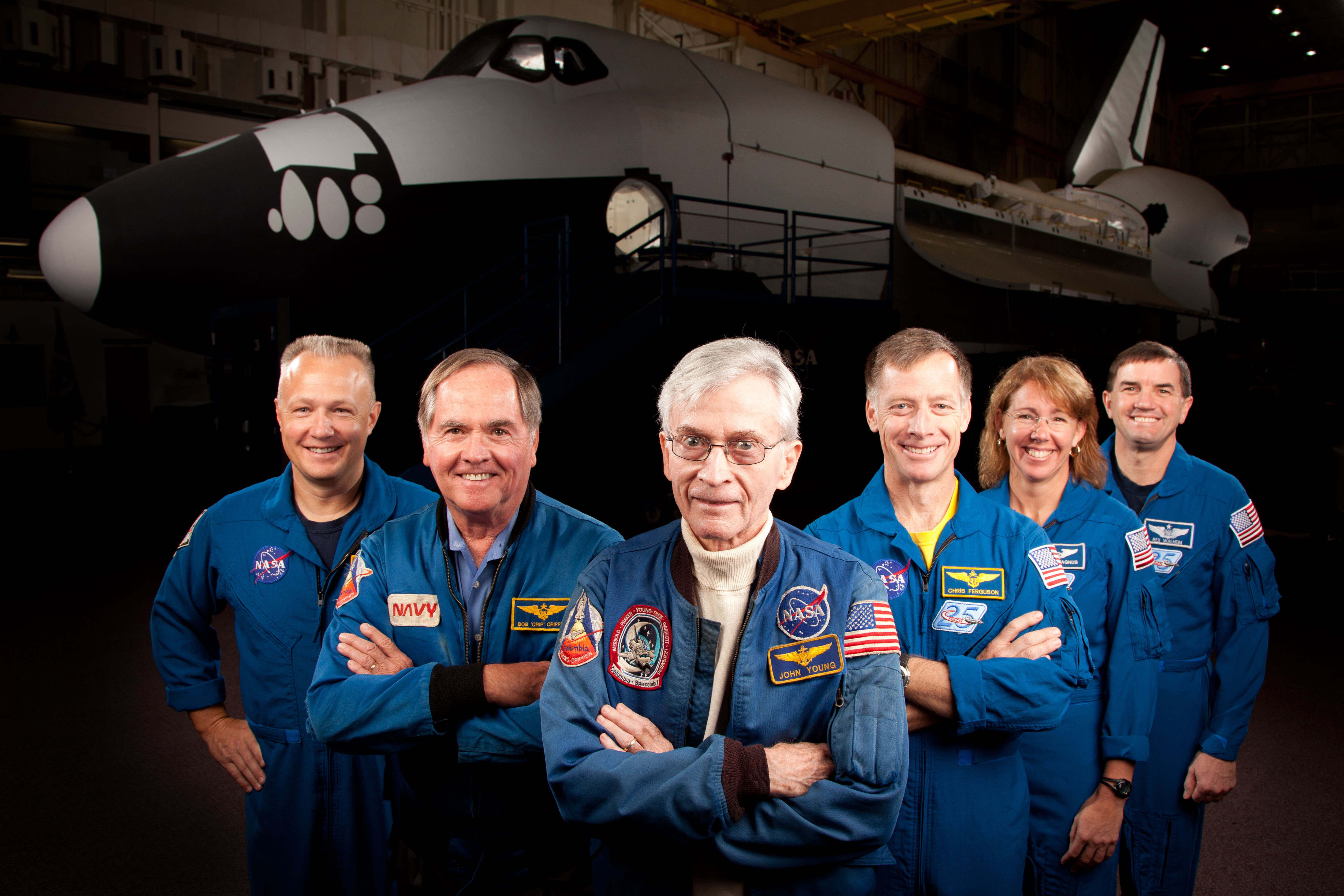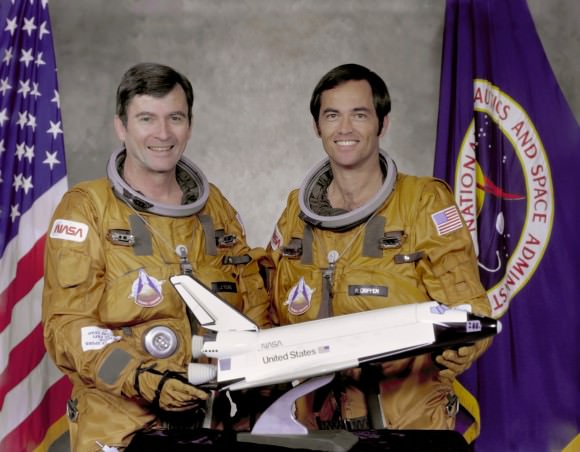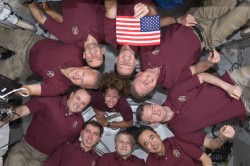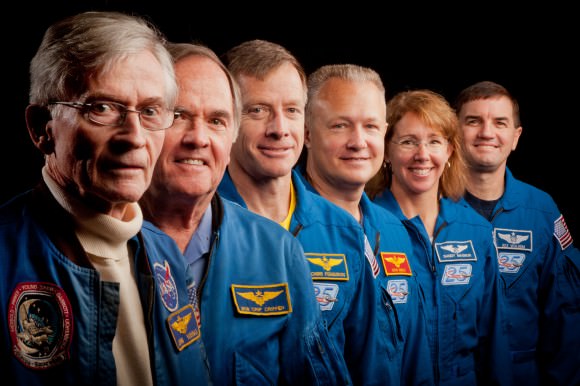[/caption]
When the distance from the Earth to the Moon comes up, the common figure thrown around is 402,336 km (or 250,000 miles). But have you every wondered how astronomers got that figure? And how exact it really is? There are a couple of ways you can measure the distance of the Moon that don’t require lasers or any instruments. All you need are your eyes, a clear sky, and someone else willing to stand outside all night with you.
There are two ways to measure the distance from the Earth to the Moon on your own: using a Lunar eclipse and using parallax. Let’s look at eclipses first.
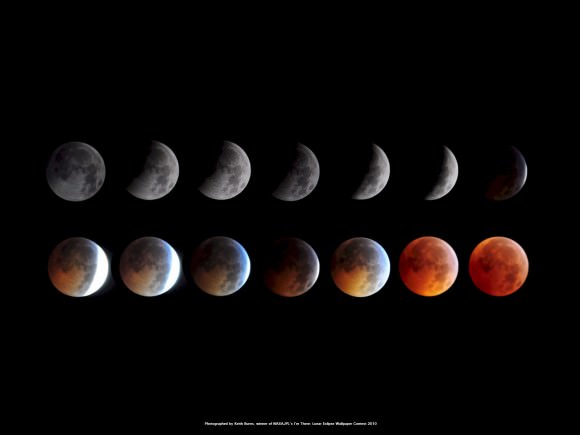
The Ancient Greeks used Lunar eclipses – the phenomena of the Earth passing directly between the sun and the Moon – to determine the distance from the Earth to its satellite. It’s a simple matter of tracking and timing how long it takes the Earth’s shadow to cross over the Moon.
Start with the few knowns. We know, as did the Ancient Greeks, that the Moon travels around the Earth at a constant speed – about 29 days per revolution. The diameter of the Earth is also known to be about 12,875 km or 8,000 miles.By tracking the movement of the Earth’s shadow across the Moon, Greek astronomers found that the Earth’s shadow was roughly 2.5 times the apparent size of the Moon and lasted roughly three hours from the first to last signs of the shadow.
From these measurements, it was simple geometry that allowed Aristarchus (c. 270 BC) to determined that the Moon was round 60 Earth radii away (about 386,243 km or 240,000 miles). This is quite close to the currently accepted figure of 60.3 radii.
You can follow Aristarchus’ method in your own backyard if you have a clear view of a Lunar eclipse. Track the movement of the Earth’s shadow on the Moon by drawing the changes and time the eclipse. Use your measurements to determine the Moon’s distance.

For the second method, you’ll need a friend to help out. The Ancient Greeks also knew about parallax, an object’s apparent change in position when seen from two different viewpoints. You can experience parallax by holding a pen out at arm’s length and looking at it with one eye at a time. As you switch between your left and right eye, the pen will appear to move back and forth.
The same thing can be seen on a giant scale. Two observers in different parts of the world (at least 3,200 km or 2,000 miles apart) will see the Moon’s position as different from where calculations say it should be in the night sky.
To find the distance of the Moon from the Earth, you and a friend stand 3,200 km apart and each take a picture of the Moon at exactly the same time. Then, compare your images. The Moon will be in a different spot, but the background stars will be in the same place. What your images have given you is a triangle. You know the base (the distance between you and your friend), and you can find the angle at the top (the point of the Moon in this triangle). Simple geometry will give you a value for the distance of the Moon.
It might be a little more labour intensive than searching the internet, but determining the Moon’s distance yourself is sure to be more fun! If you really want to get involved, check out International Measure the Moon Night on Dec. 10, 2011. Join participants around the world who register their own events and share their images and observations!



